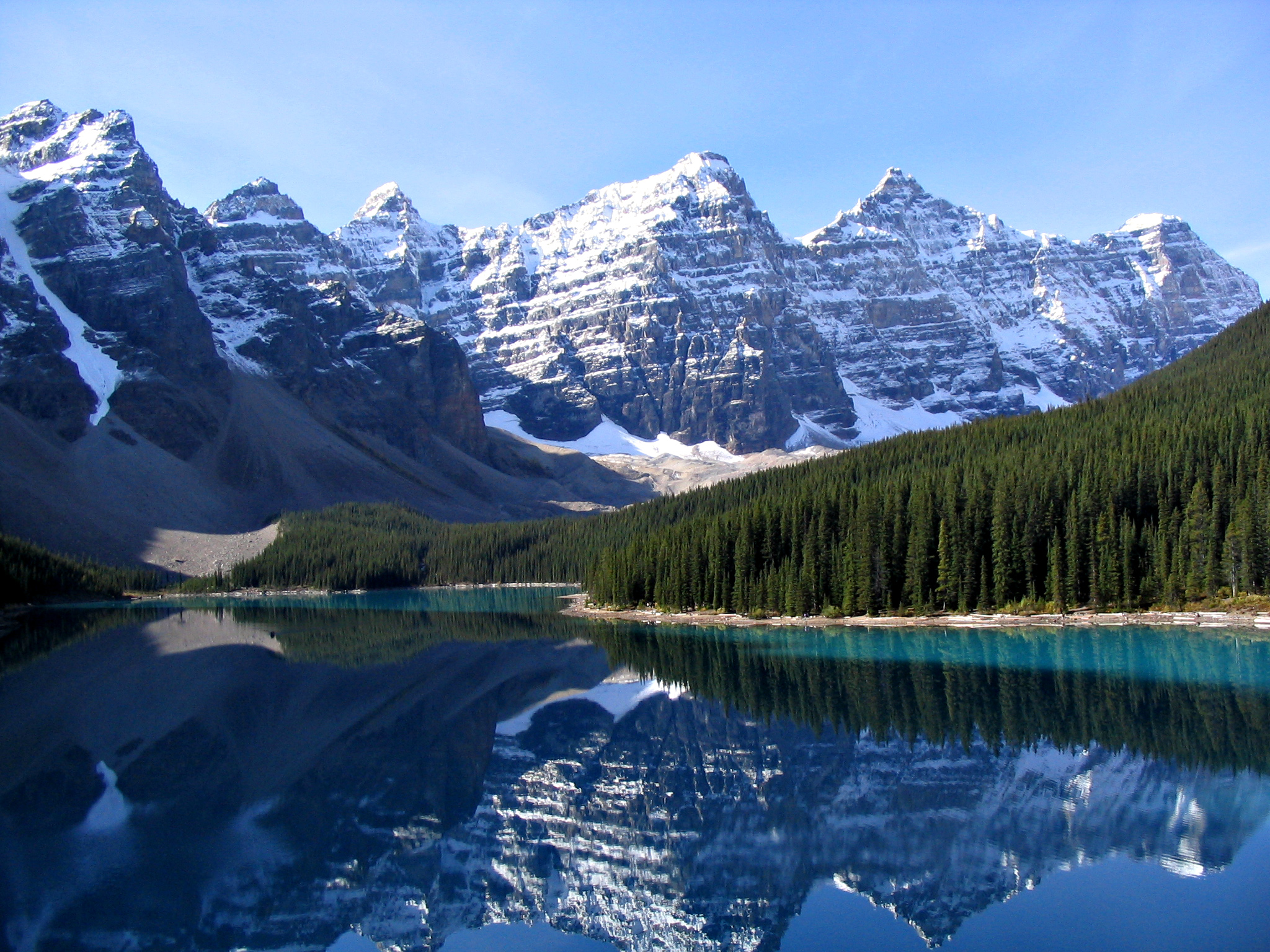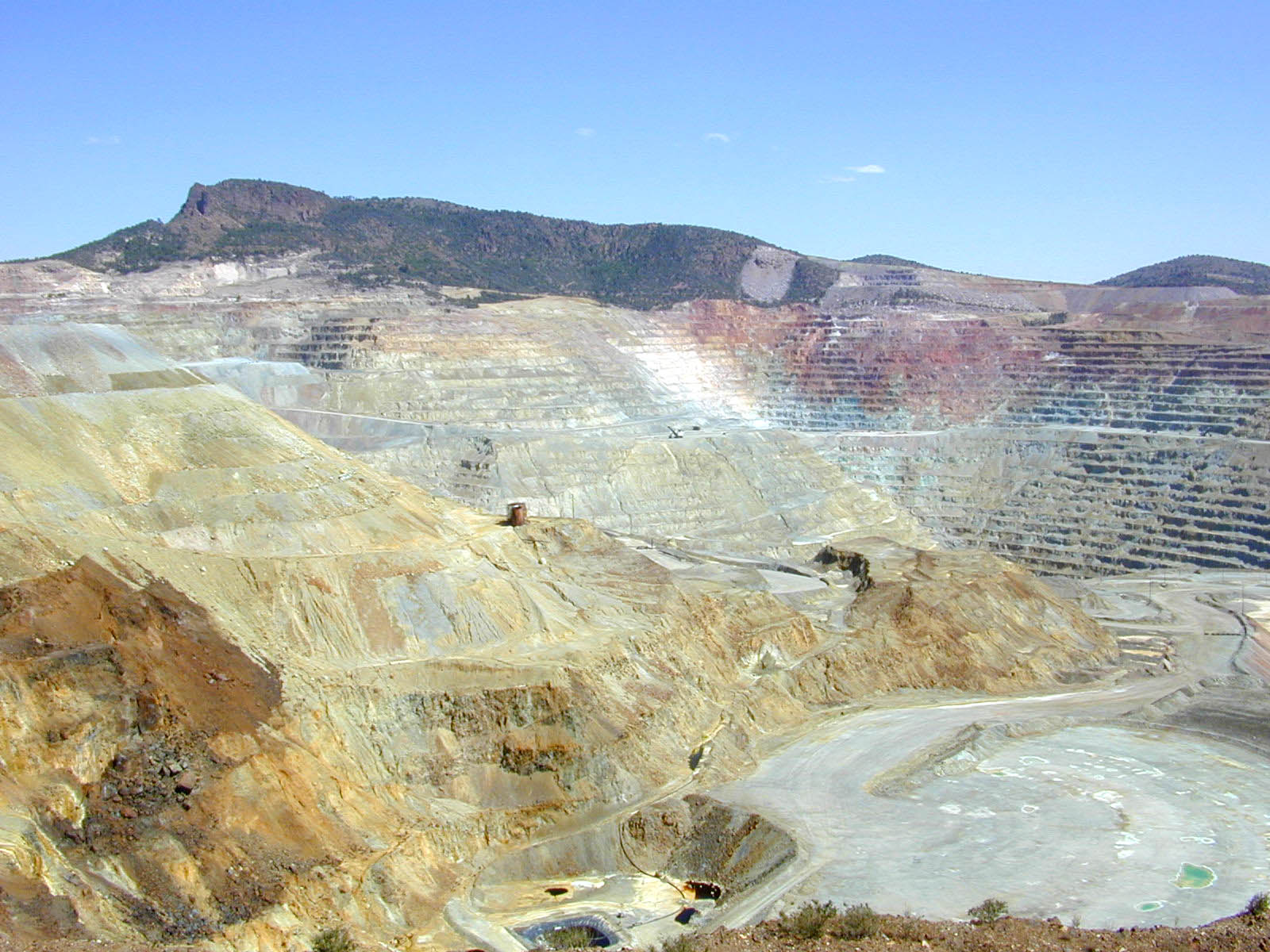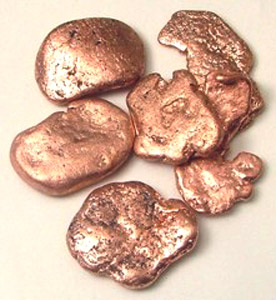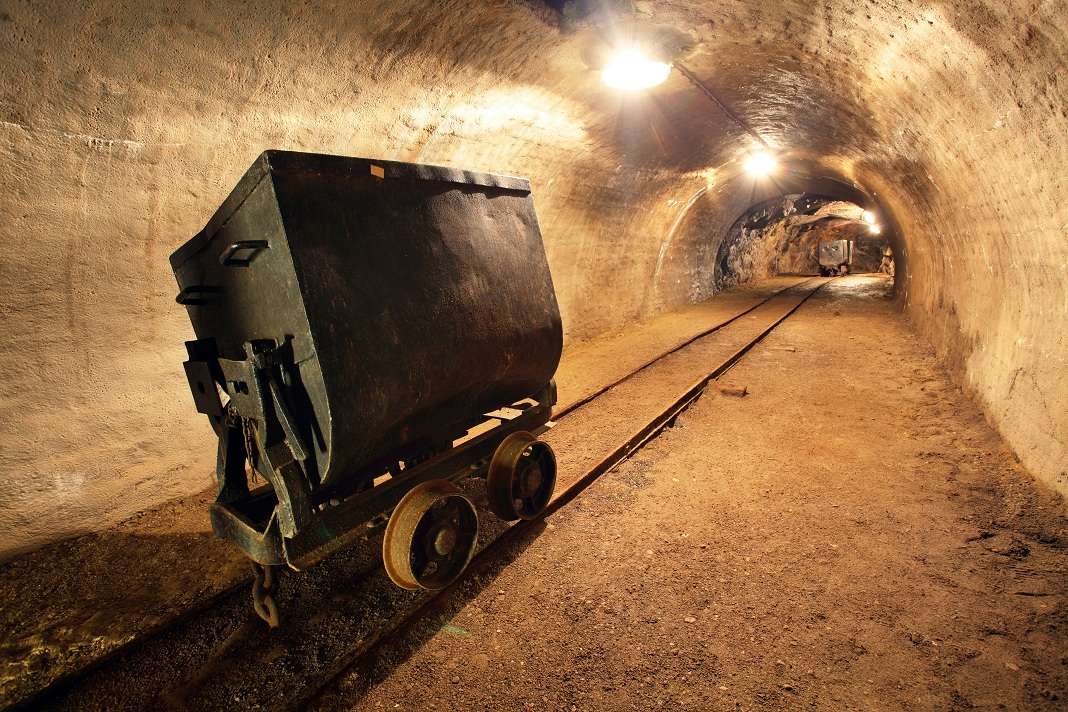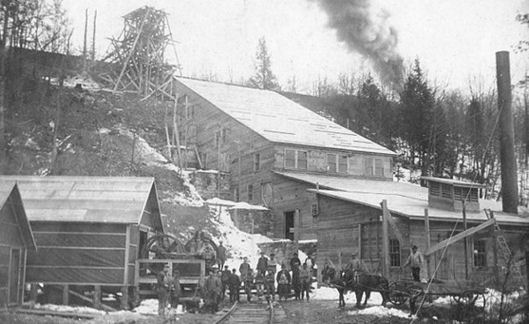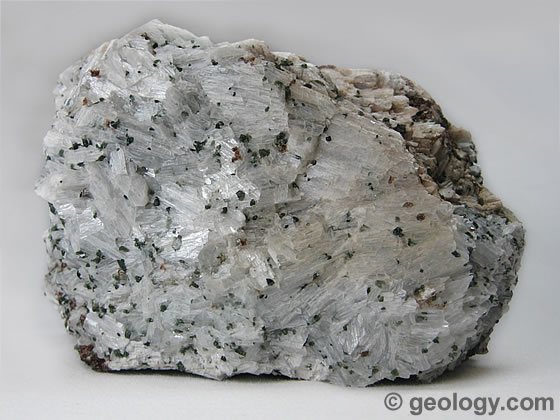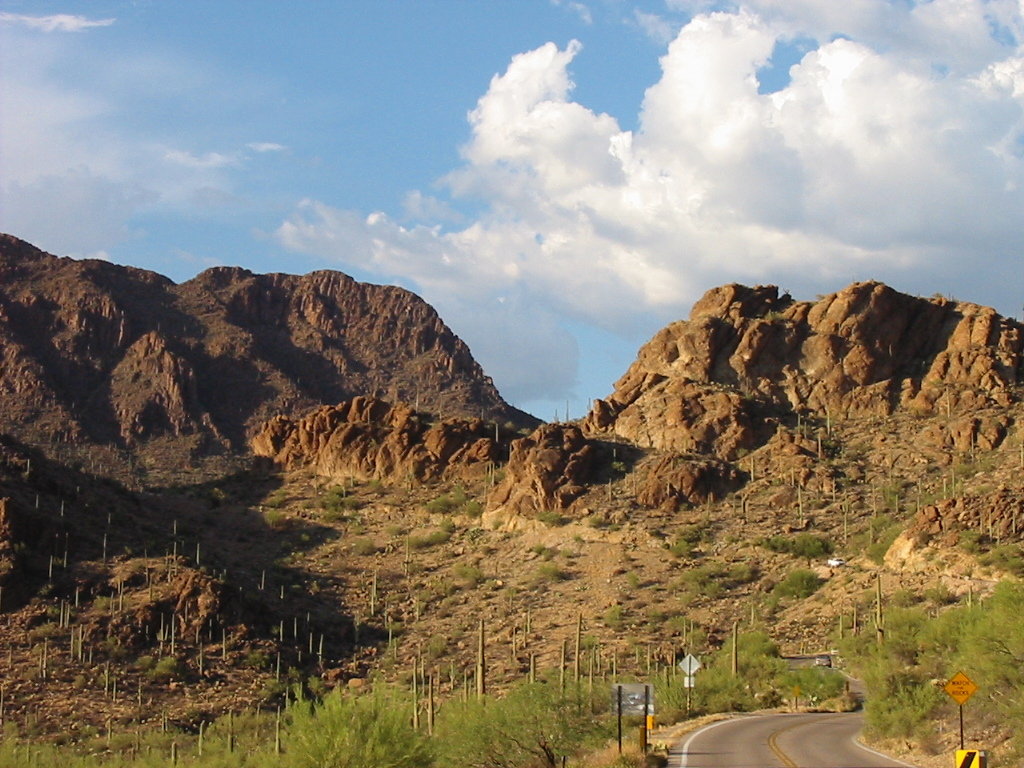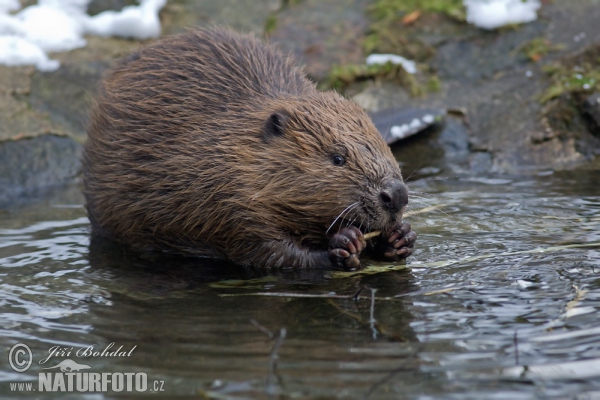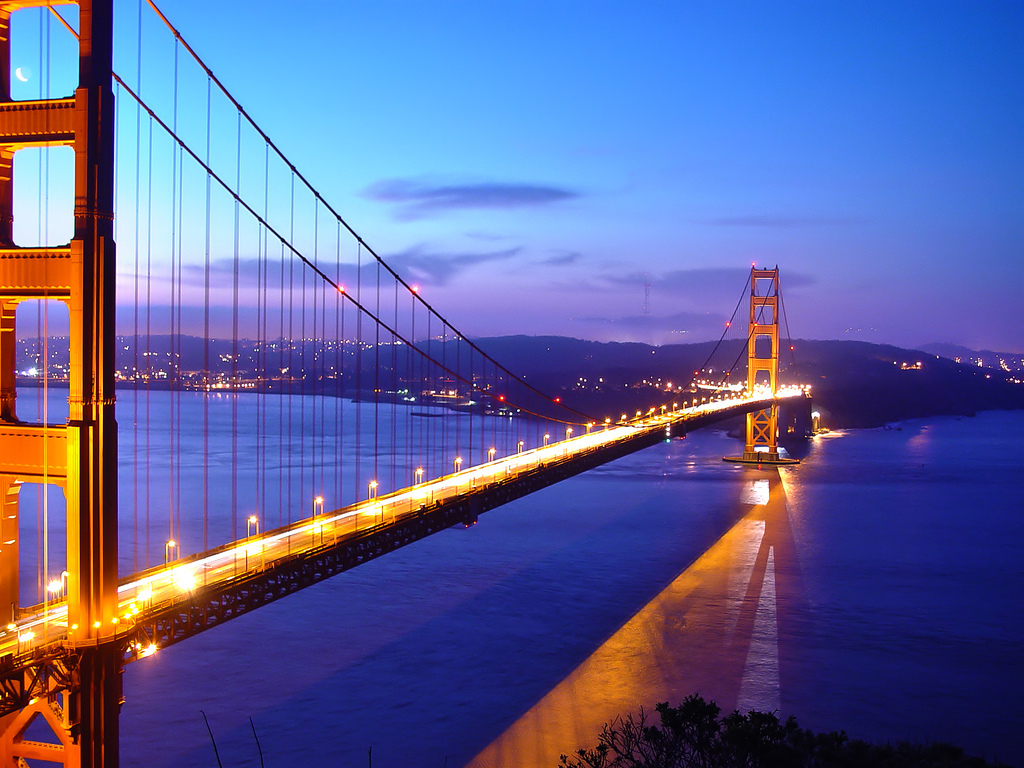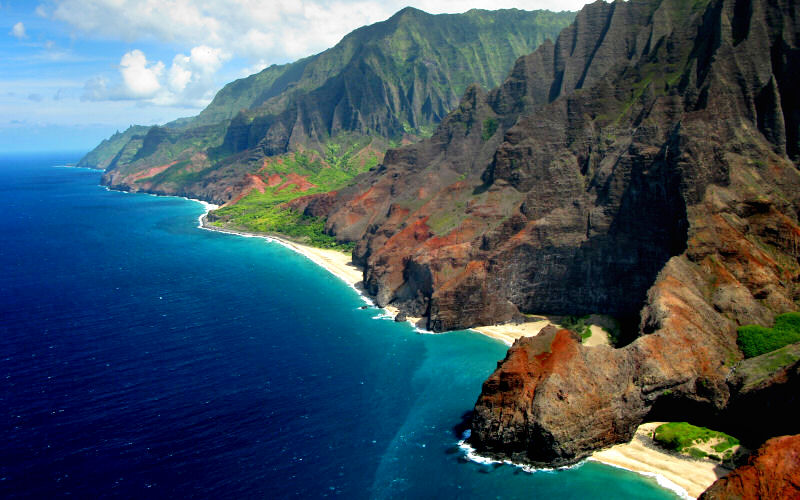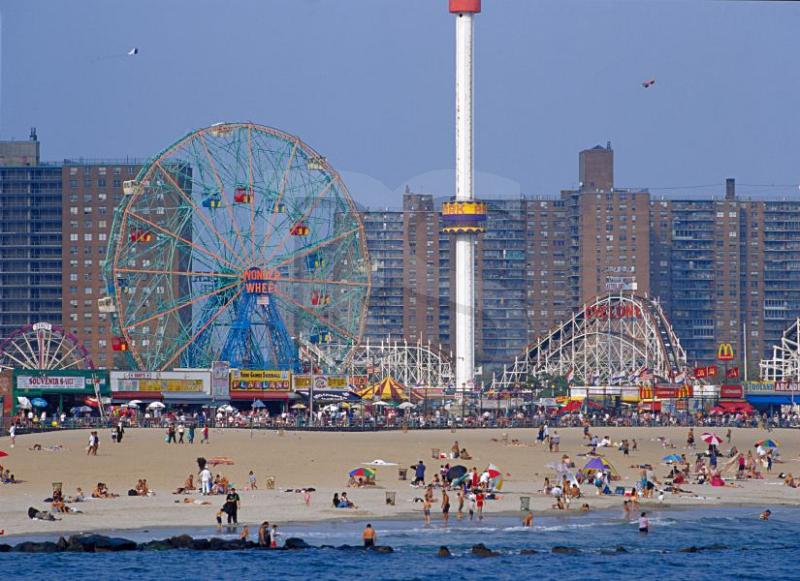
Many areas of the Great Plains have experienced population loss in recent years, or have grown more slowly than other parts of the U.S and Canada. Young people have left the region in large numbers because of the economic and cultural opportunities available in urban and suburban areas. The region lost 20% of its population between 1990 and 1995. Today, much of the counties in the Great Plains now have high population of older residents. The percentages of elderly in the Great Plains is highest in North America. This has generated many social problems such as access to medical services, fewer physicians, pharmacists, dentists, churches no longer have congregations large enough to support them, loss of customers for businesses, etc.

New York City

2011: Population Distribution in New York City
Unlike the Great Plains region, New York City has experienced an increase in their population of the young generation within the 20th century. New York City may be an expensive place to live, jobs are not easy to find, and transportation is not always comfortable nor reliable. But despite these challenges, the city continues to grow especially with the younger generation between the ages of 23-30 years. Perhaps because of media influence, high economy, and fun, attractive sites that are home to New York, young people want to live in this area. Every borough in New York City has registered a gain in population. The population increase furthers the need for more affordable apartments and job opportunities. The influx in population also results in a benefit for businesses because of more customers in the area. As people migrated to New York in the recent century, other states experience a loss in their population. An influx of foreigners combined with a decline in the loss of migrants to other states led to the population growth in New York City.

Growth in New York City
http://www.city-data.com/zips/11211.html
http://www.nytimes.com/2014/03/27/nyregion/population-growth-in-new-york-city-is-reversing-decades-old-trend-estimates-show.html?_r=0
